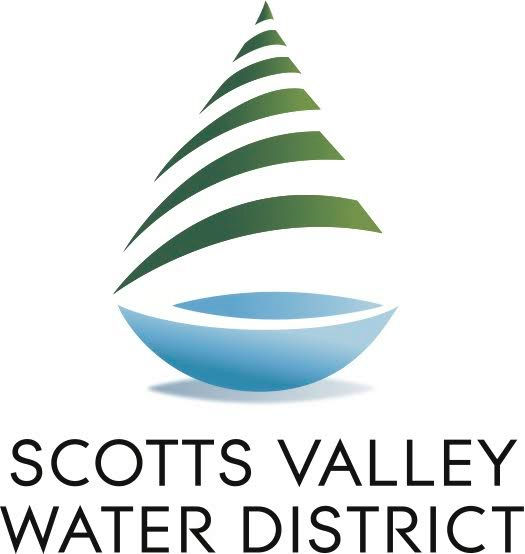When people talk about water, the conversation is usually dominated by the issue of availability. For example, over the past several years, there has been a lot of attention given to the drought and the problem of not having enough water. Now, we are focused on the effects of having too much water during a potential El Niño.
Regardless of how much water is available in any given year, we still expect water to come out of our taps at home and work, even if we are committed to using that water more efficiently. It’s difficult to imagine even one day without immediate access to a clean and reliable source of water for drinking, bathing and preparing meals.
Yet, in our highly developed economy, the value we place on having access to that water is disproportionate to how we value other things that aren’t as basic to sustaining life, such as mobile phones, new clothes, fast Internet speeds or entertainment. The price we pay for immediate and uninterrupted access to clean and safe water — capturing, cleaning and delivering it before collecting and treating it as wastewater — is low compared to other ways we spend our money.
That’s not the case worldwide. Throughout time, water has always been a critical resource, which is why settlements historically have been established near water sources or, as a first order of business, have developed ways to access water. In far less developed parts of the world, where the infrastructure to collect, treat and deliver clean water is poor or nonexistent, it requires much greater effort to acquire even a modest amount.
During the historic drought, the Scotts Valley Water District has recommended customers use no more than 75 gallons of water per person per day in the summer season, and in large measure, our customers have met that goal. For a household of four, that equals 300 gallons each day.
Can you imagine what it would take for us as individuals to collect, treat and transport 300 gallons of water to our homes every single day on our own? It’s probably safe to say the cost of water acquired that way is much higher than most of us realize.
In the years ahead, the District will consider technological advancements, evaluate new supply options and prepare for climate change. The cost of those projects will undoubtedly be an essential factor, but the value of water acquired by those projects should also be at the heart of those discussions.
Speaking on behalf of the dedicated staff and board members of the Scotts Valley Water District, it’s our pleasure to serve the community of ScottsValley. From time to time, I plan to communicate my thoughts about the value of water, and I encourage you to share your ideas with us.
Visit svwd.org, email us at co*****@**wd.org and like us on Facebook.
Piret Harmon is the General Manager of the Scotts Valley Water District.













